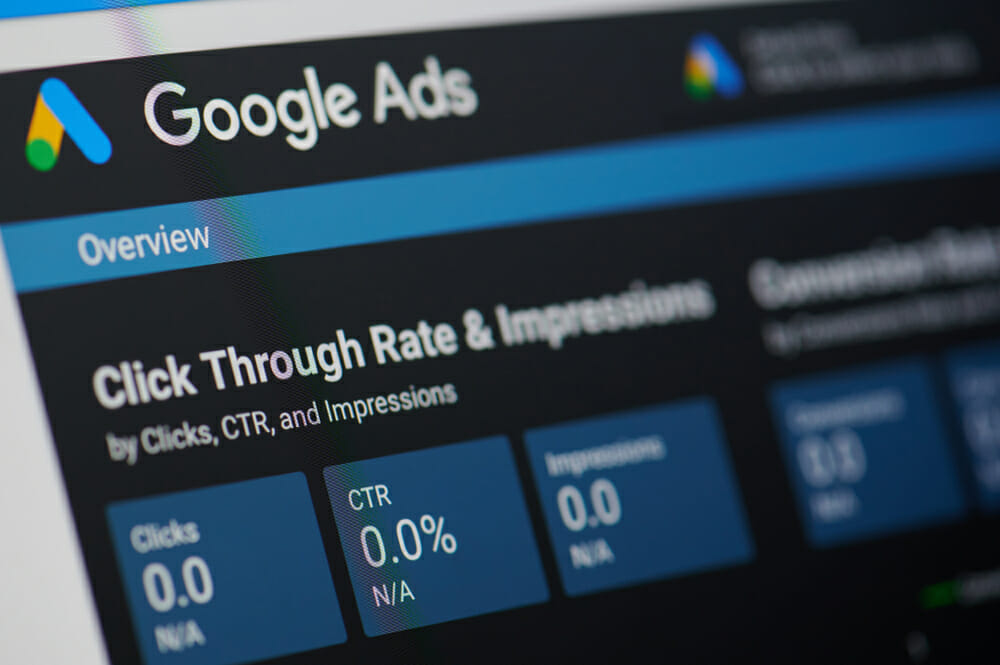Regular optimization is required for successful Google Ads campaigns. PPC managers frequently lack the methods necessary to optimize their Ads campaigns, resulting in results that are inferior to those of their competitors.
This optimization checklist will come in handy if you want to make the most of Google Ads and the online tailored recommendations they provide to searchers.
1. Make a list of all the negative keywords you can think of
Negative keywords are search queries that you don’t want to appear in your advertisements.
Consider what words and search queries you don’t want to be used to activate your advertising. Make a list of these keywords and categorize them by theme, according to the various items or services you provide. Each list can have up to 5,000 negative keywords.
At the same time, you can use the same list for multiple campaigns.
2. Keep track of how well your search ads are performing
The next step is to fine-tune your responsive search advertising. To guarantee you have enough data to evaluate, make sure your ads have been running for at least 30 days.
Creating campaigns is simple, to be sure. A lot of A/B testing, trial, and error goes into optimizing your Google Ads. It’s all about figuring out what works for your company and what consumers like.
3. Bid adjustment based on location
Bid modifications to specific targets can help you run more profitable advertisements. You can change bids based on a user’s location, such as country, state, city, or postcode.
- Indicate where you want your advertising to appear.
- Allow the campaign to run for at least a few weeks
- Examine the report to see how well each bid is doing.
- Bids might be adjusted depending on the outcome.
4. Audience segmentation
Another feature is audience targeting, which allows you to add audience segment targeting to ad groups to target specific groups of people based on their interests, hobbies, needs, and previous interactions with your company. This allows you to target individuals when they’re viewing a video, visiting a website, or navigating via an app, which can help your campaign perform better. Because demographic targeting is just as vital as audience targeting, you should employ it as well.
5. Budget management
Budget optimization is another key element to consider. This entails allocating funds to campaigns based on their effectiveness and efficiency.
To acquire the most conversions at the lowest cost, you should devote the majority of your budget to the campaigns that perform the best.
You’ll want to keep a careful check on how campaigns are doing and what outcomes they’re producing about the funding you’ve allocated to them. You don’t want to spend money on campaigns that don’t provide results. Make sure you’re optimizing your bids as well because it’s just as crucial as optimizing your budget.
6. Remarketing campaigns
Lastly, remarketing campaigns are a great way to improve your Google Ads performance. These are efficient methods for generating low-cost conversions that can help you lower your cost-per-action and overall client acquisition costs. It enables you to locate people who have previously visited your website, expressed interest in your product or service, and are more likely to convert than those who have not.
|
Recommended posts
|


